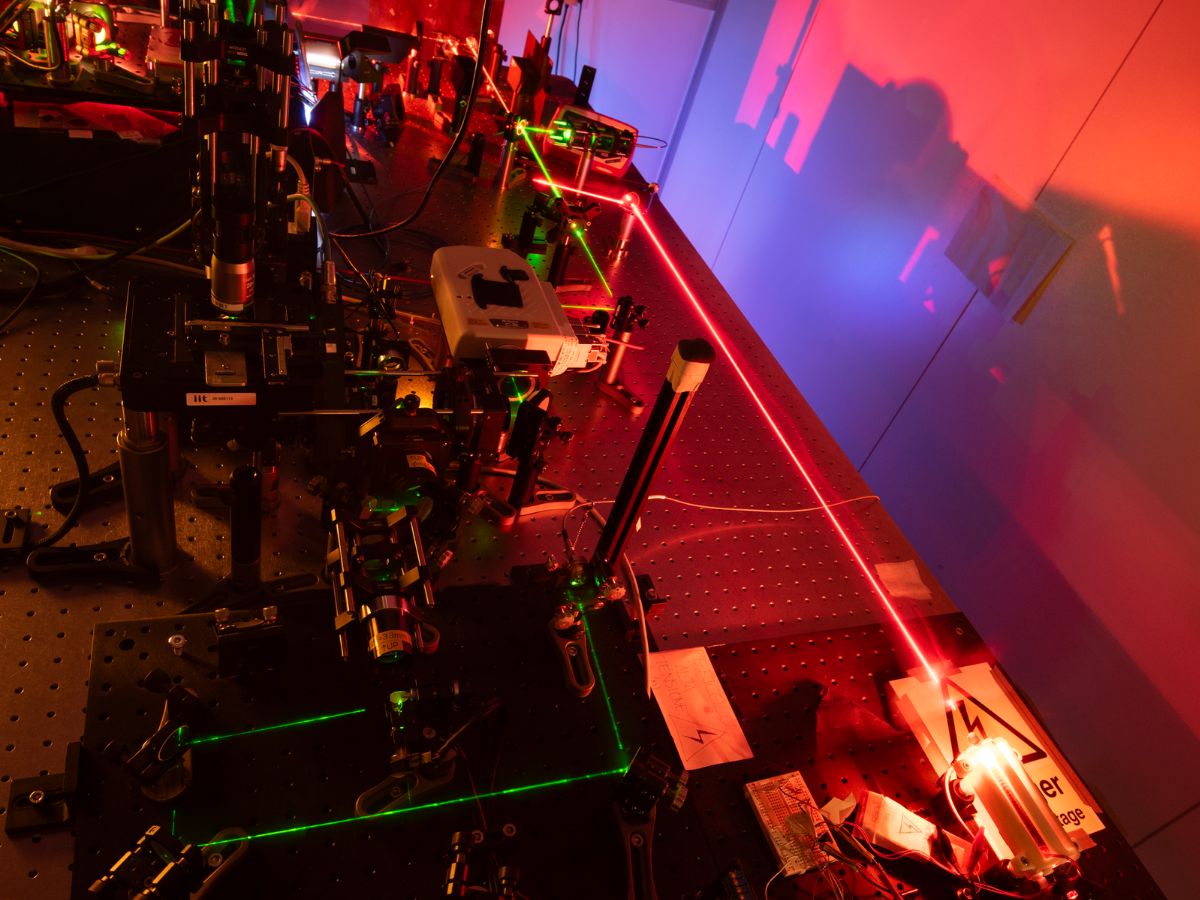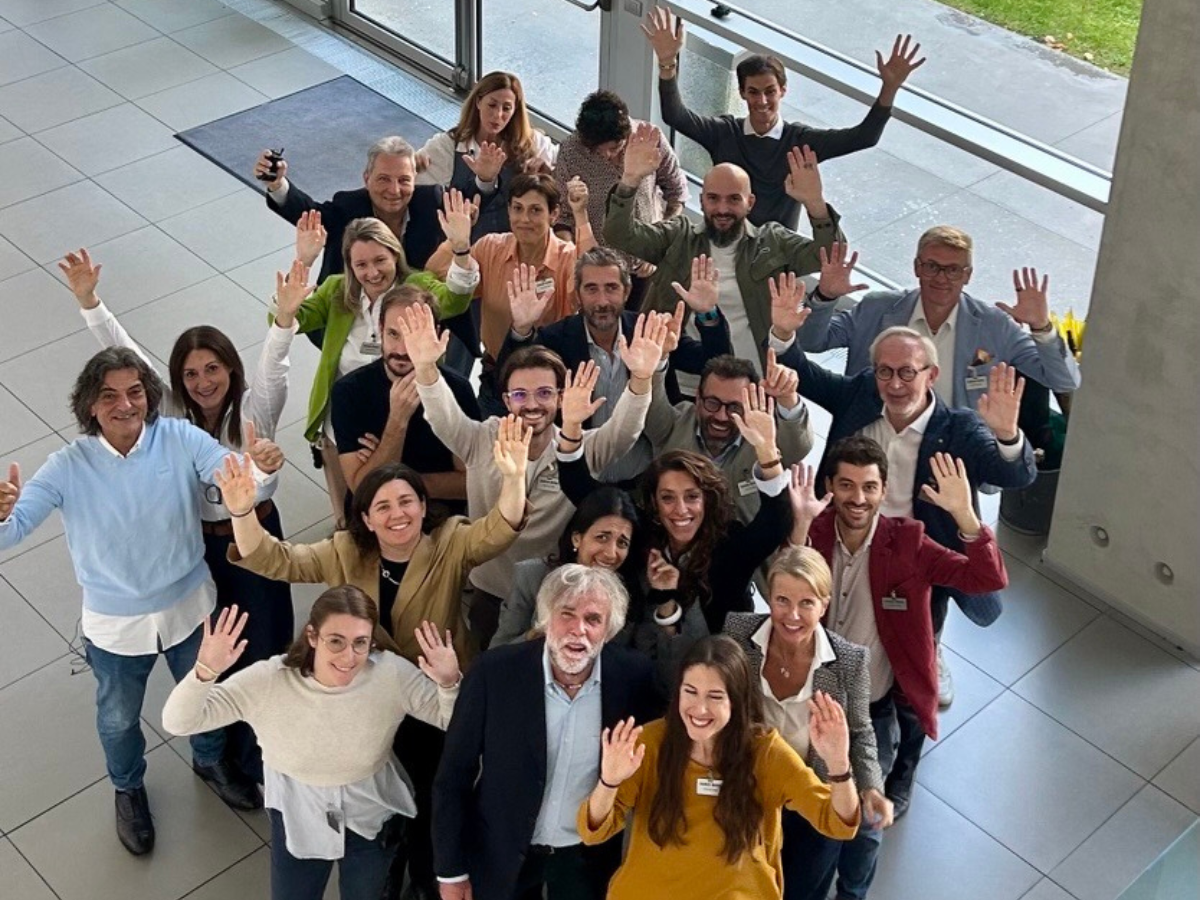Making sense of myself… and the brain
It’s October 2019, and I find myself hesitant when I realize that I am about to leave the country where I lived for most of my 20s, and the University that taught me to be a stubborn, self-confident, and hopefully rigorous neuroscientist. Worse still, I am on my way back to Italy, a country where scientific research is historically disregarded, and scientists underrated. I am sure that few encouraging words would help me, and so I go, seeking the last piece of advice. “You’re going to have a great time”!”, “It’s going to be a positive, enriching experience!”. These are some of the comments I received from fellow researchers when they got to know that I had decided to leave the University of Oxford and take on the challenge of carrying out my research in Italy. But they knew that I was about to start at the Italian Institute of Technology. My initial struggles with the new environment and with the ever so complex Italian bureaucracy, which I was facing for the first time as an adult person, are undeniable. Nonetheless, one and a half year later, I am happy to be contributing to Italian research and to be part of the laboratory led by Tommaso Fellin in Genova. Moreover, I have recently obtained a Marie Curie Individual Fellowship from the European Commission. This opportunity is designed to safeguard the possibility for young researchers to frequently move countries in order to pursue their interests. Both a blessing and a curse, you may say! True, but I truly believe that, in the current research word, this is primarily an unmissable occasion of growth and enrichment that every researcher should grab. Knowing that I had obtained the Fellowship has given me precious trust in the future and, most importantly, it somehow put an invaluable seal on my tormented decision of coming back to Italy.
My interest in Neuroscience started while I was an undergraduate student in Biomedical Sciences. Not the lungs, nor the immune system, not even the heart were as cool as the brain, that 1.5 kg of matter between our ears, containing the most complex secrets of the universe. Above all, the cerebral cortex fascinated me. As the final destination of sounds, images, smells and touches in their journey through the nervous system, and the area of the brain responsible for higher functions – such as language and decision making – the cortex is what ultimately characterizes us as humans.
My neuroscience training started during my MSc in Neurobiology, while working in the group led by Dr Gianmichele Ratto at Scuola Normale Superiore in Pisa. During that time, we revealed that the plasticity of the brain, which is the ability to reorganize itself to better respond to external stimuli, can be increased during adulthood by modifying the composition of the ”extracellular matrix”, a sort of scaffolding structure surrounding neural cells and regulating their shape and function. Fascinated by seeing neurons at work, enthusiastic about the lively environment of the research lab, and driven by the passion and wisdom of my mentor, I then decided to aim high and apply for a PhD at the University of Oxford. Little did I know, that I was about to embark on the most enriching, challenging, and fulfilling decade of my life.
Oxford has profoundly impacted my personality and, ironically enough if we think of the implications of the Brexit process, has truly made me a European citizen and scientist, inspired by values of collaboration and openness. Working with Prof Andrew King and Prof Kerry Walker during my PhD, I investigated the functional organization of the cortical area processing sounds, the auditory cortex, in order to understand how many sound features a neuron can process. In particular, we explored the presence of spatial maps representing frequency and location in the cortex. The most well known of these maps is the “tonotopic” one. According to tonotopy, auditory cortex can be described similarly to a piano keyboard, with neurons activated by low sound frequencies at one end, and neurons responding to high frequency sounds at the opposite end. Using a microscopy technique known as two-photon imaging, we have recorded the activity of a large number of individual neurons in the living brain, with improved spatial resolution compared to previous strategies. Our results demonstrated that, surprisingly, individual auditory cortex neurons are tuned to multiple sound frequencies and locations, and that neighbouring neurons can respond to disparate frequencies and locations, breaking the textbook topographic rule. “Most importantly, fractured tonotopy in auditory cortex is present across species. This result challenges the prominent view that loosely organized sensory maps are a defining feature of simple brains with limited abilities in terms of sensory processing. Rather, such common design may be a necessary feature of neurons in all species, allowing them to represent real-world sounds like calls or voices. But hearing was not the only sense I was interested in. Touch was next. During my first postdoctoral experience, I worked on understanding the processing of touches in the somatosensory cortex with Dr Michael Kohl at Oxford, while having the honor to teach neurophysiology to medical students. Few years later, I decided to move to Italy and join IIT to continue my studies on the cerebral cortex.
Tommaso Fellin built a team able to welcome researchers from disparate backgrounds: from physics, to pure biology, computational neuroscience, and engineering. While we do get “lost in translation” at times, we are all working toward the same goal, and our diversity of views and experiences is, I believe, a solid foundation for accurate and rigorous science. This is especially true for modern neurophysiological research. In the last few years, new tools based on the principles of optical physics have been invented that will greatly help neuroscientists in their endeavor to understand brain function. The laboratory led by Dr Tommaso Fellin is at the crossroad between the development of new optical tools and neurobiological research, applying strategies developed in-house to uncover the governing mechanisms of cortical circuits.
In particular, I am interested in investigating how individual neurons in the cerebral cortex process temporal sequences of sensory stimuli. From listening to a melody, to touching a patterned fabric, or seeing a friend after hearing their footsteps, we know the world as a sequence of events that unfold over time. Neurons in several areas of our brain integrate these signals across time, and this process defines how we perceive the objects around us and how we interact with them. But how can single neural cells communicate, and then act in concert in this process?
If cognitive studies in humans have revealed the strategies used to tell apart and learn sequences in a range of sensory domains (from vision, to hearing, and touch), we know little about the neuronal mechanisms at the basis of these abilities. Their investigation requires the most advanced technological developments to monitor and manipulate brain activity. For my experiments, I am combining two-photon imaging with patterned holographic optogenetics. In particular, I use the first one to optically monitor the activity of hundreds of individual neurons in a given brain area, while I take advantage of the second one to simultaneously activate or shut down the activity of single neurons in the same region. This degree of spatial and temporal control over the function of the brain has long remained inaccessible, and unlocking it is vital in order to bring our understanding of the brain to a long-sought deeper level. I am very enthusiastic about these new experiments, and I look forward to hopefully share interesting results soon enough.
While writing this piece, I am taking the occasion to look back at my path and at the changes I have gone through as a person and as a researcher. In doing this, what I would repeat to my younger self, and to the students who may be reading, is to allow yourself to dream and work hard to reach your goals! If you can, travel abroad, learn from people from different backgrounds, and always strive for excellence. The adventures that may seem impossible to survive at first will nurture your science and enrich your personality disproportionately more than the easy hikes. Then, one day, your country of origin may welcome you back into an excellent institution, and you will bring new knowledge to share, with a richer perspective on the world.





